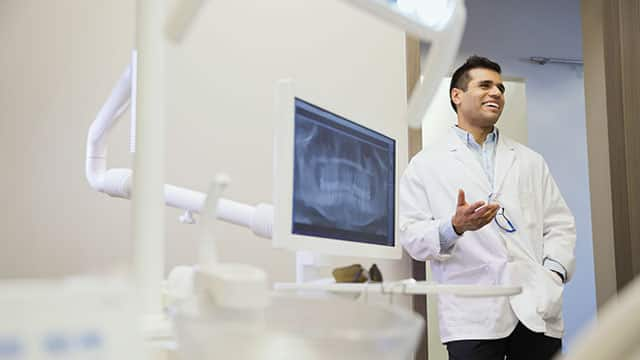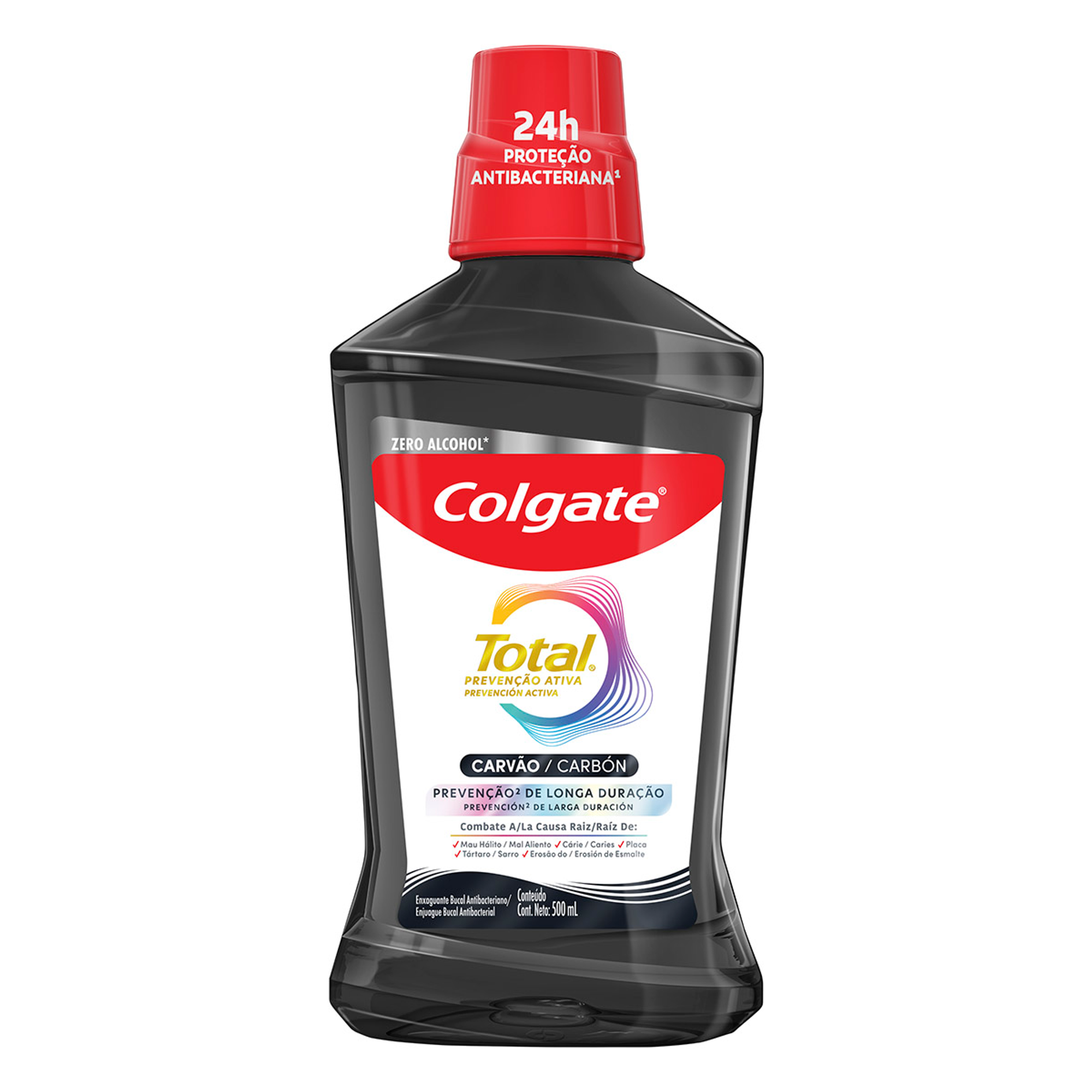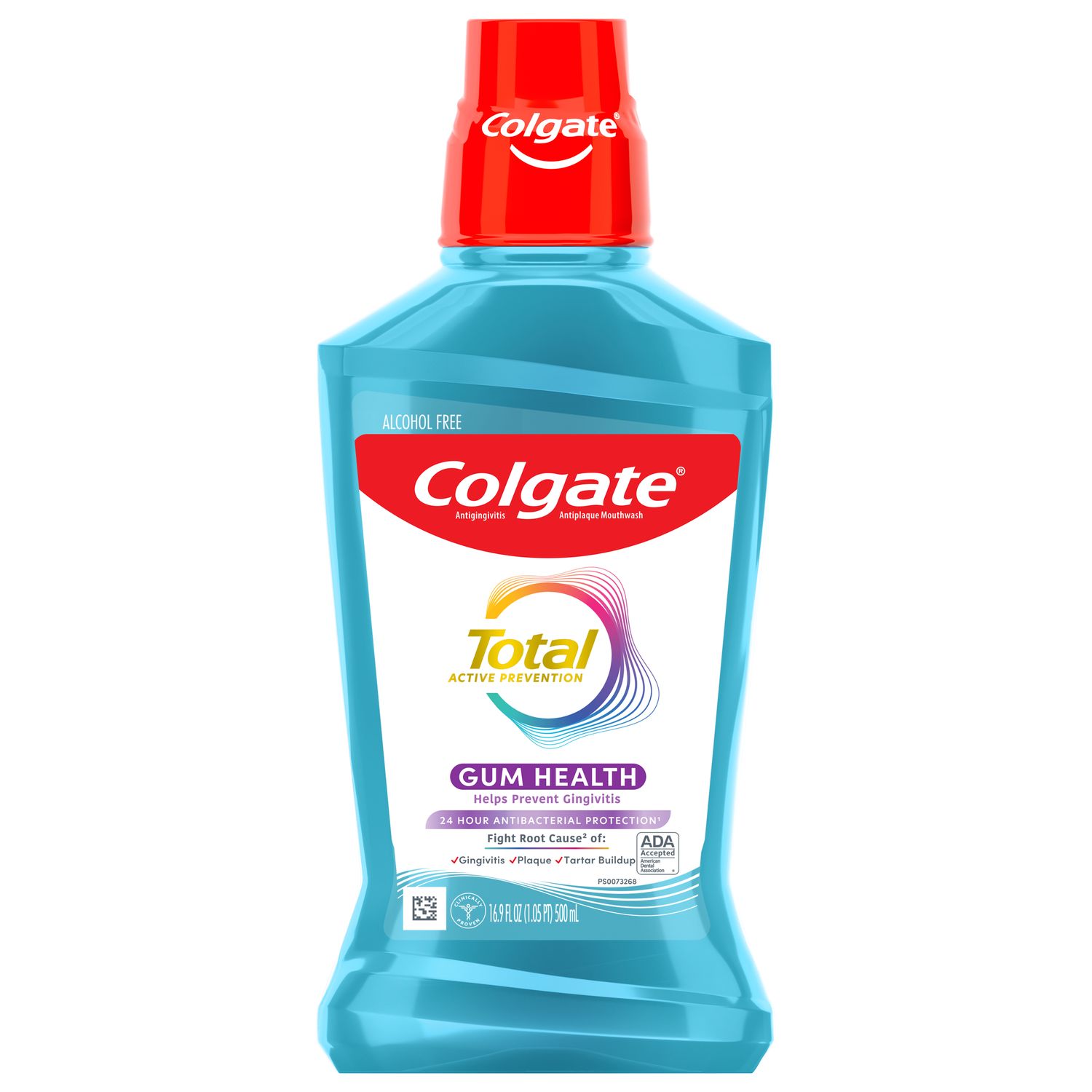A root canal gets to the root of the problem — which is a damaged or infected tooth. The procedure removes the tooth's damaged area (the pulp), then cleans, disinfects, fills, and seals it. Your dental professional will perform a root canal when certain problems are present to prevent pain and to prevent developing an abscess. Some root canal procedures have complications. Here is a list of reasons you might need to have the tooth retreated:
- An inflammation or infection — leading to tooth decay.
- A cracked tooth
- A continued need to treat the area
Often, the recovery period doesn’t last too long, and the pain recedes quicker than you imagine.
How is The Pain After A Root Canal?
With the complexity of the repair — pain and discomfort following the procedure are common. It could be dull or sometimes sharp, but you shouldn’t be bedridden. If the pain begins to subside but then returns, it's possible that there may be additional removal of the infected tooth nerve needed or other possible complications following your root canal. Be sure to contact your dentist right away if this occurs.
What Is An Undetected Crack in the Root?
A crack in your root going undetected during the procedure is a potential root canal side effect. The crack can again lead to bacterial growth in the area and will require further treatment for you.
What About Defective Materials?
While unlikely, the seal from your root canal could deteriorate over time. This complication opens up the possibility of bacteria affecting the root again. Your dentist should inform you on how to avoid or slow this from occurring. If it does, further treatment is needed.
Are There Additional Problem Areas?
Occasionally a canal is missed in your roots. This allows bacteria to remain and potentially cause an infection — requiring another surgery. Another procedure may lead to your dentist removing any fillings, crowns, or implants needed from the initial surgery, so they’re able to get to the roots of your tooth.
What To Do If You Have A Complication
These are all possible complications, but not necessarily likely. Finding an experienced and highly regarded dentist to perform your root canal is the best thing you can do for your health. Remember to meticulously follow any post-procedure instructions your dentist gives you so you can heal quickly and adequately. Schedule a follow-up appointment to be safe and contact your dentist immediately if you feel a root canal complication arising.
There is no need to panic when deciding whether or not to get a root canal. Be open and honest with your dentist regarding your health and any complications that it may cause; this will go a long way towards a successful procedure. While every patient is different and success rates will vary, the overall success rate for root canals is as high as 95%.
Oral Care Center articles are reviewed by an oral health medical professional. This information is for educational purposes only. This content is not intended to be a substitute for professional medical advice, diagnosis or treatment. Always seek the advice of your dentist, physician or other qualified healthcare provider.
ORAL HEALTH QUIZ
What's behind your smile?
Take our Oral Health assessment to get the most from your oral care routine
ORAL HEALTH QUIZ
What's behind your smile?
Take our Oral Health assessment to get the most from your oral care routine















